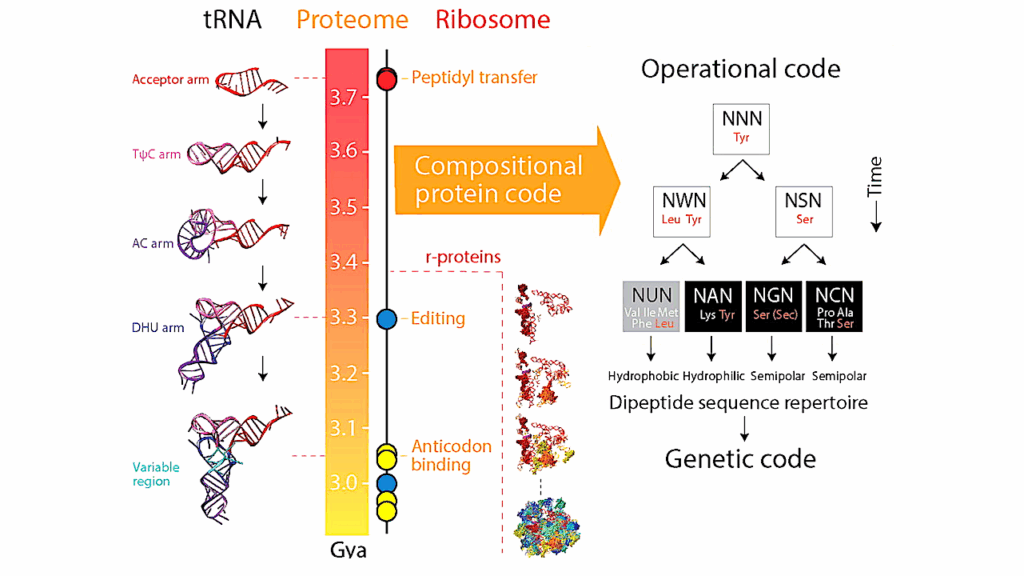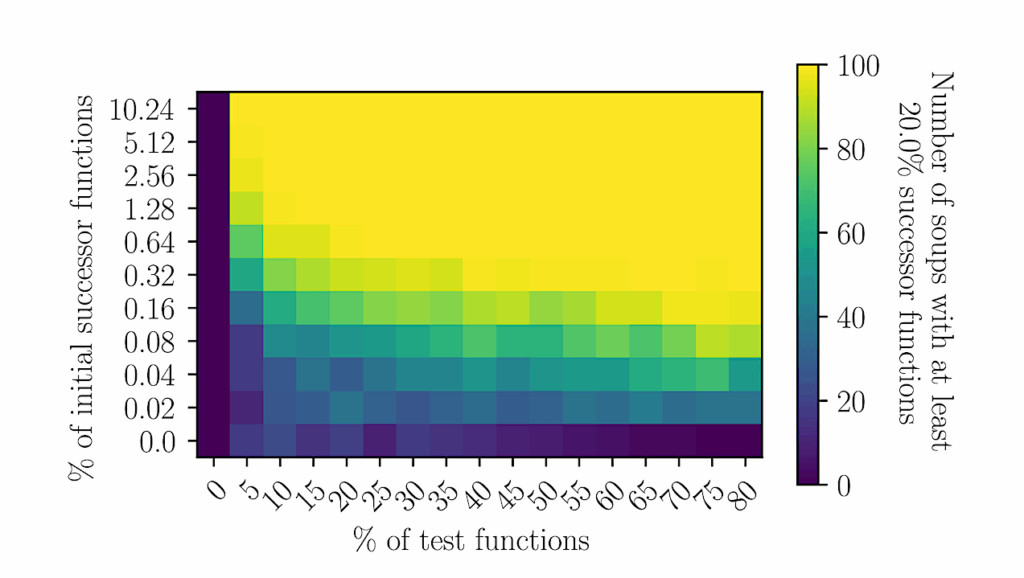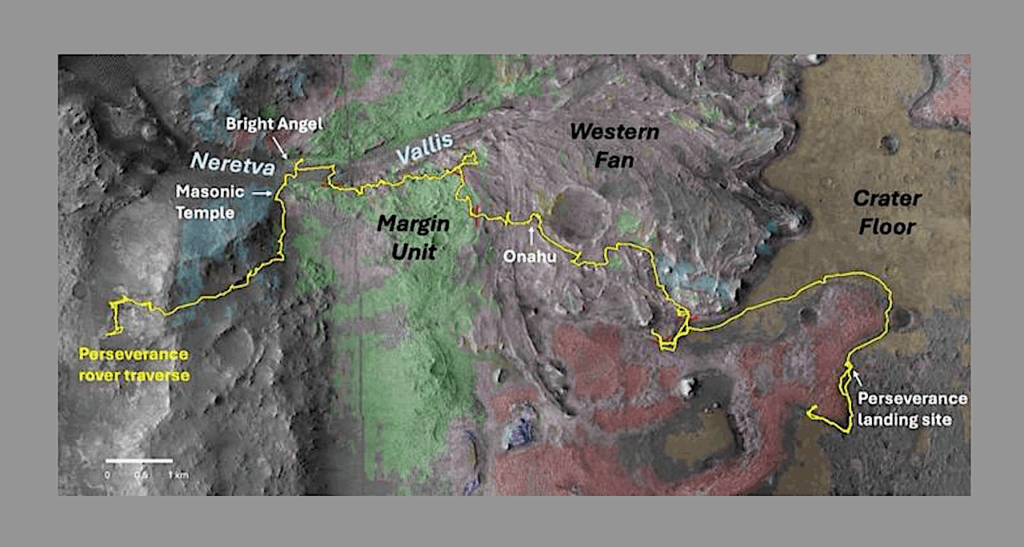Dynamic Genome Evolution and Blueprint of Complex Virocell Metabolism in Globally-Distributed Giant Viruses

The discovery of giant viruses with large genomes has transformed our understanding of the limits of viral complexity in the biosphere, and subsequent research in model virus-host systems has advanced our knowledge of intricate mechanisms used by these viruses to take over host cells during infection.
The extent of the metabolic diversity encoded by these viruses in the environment is less well-understood, however, and their potential impact on global biogeochemical cycles remains unclear. To address this, we generated 501 metagenome-assembled genomes (MAGs) of NCLDVs from diverse environments around the globe and analyzed their encoded functional diversity and potential for reprogramming host physiology. We found that 476 (95%) of the MAGs belonged to the Mimiviridae and Phycodnaviridae families, and of these we recovered 96% from aquatic environments, highlighting the diversity of these viral families in global freshwater and marine systems.
MAGs encoded diverse genes predicted to be involved in nutrient uptake and processing, light harvesting, central nitrogen metabolism, and the manipulation of cell death, underscoring the complex interplay between these viruses and their hosts. Surprisingly, numerous genomes encoded genes involved in glycolysis, gluconeogenesis, and the TCA cycle, including one genome with a 70%-complete glycolytic pathway, suggesting that many of these viruses can even reprogram fundamental aspects of their host’s central carbon metabolism. Phylogenetic trees of NCLDV metabolic genes together with their cellular homologs revealed distinct clustering of viral sequences into divergent clades, indicating these metabolic genes are virus-specific and were acquired in the distant past.
Our findings reveal that diverse NCLDV genomes encode complex, cell-like metabolic capabilities with evolutionary histories that are largely independent of cellular life, strongly implicating them as distinct drivers of biogeochemical cycles in their own right.
Mohammad Moniruzzaman, Carolina Alejandra Martinez-Gutierrez, Alaina R Weinheimer, Frank Aylward doi: https://doi.org/10.1101/836445
https://www.biorxiv.org/content/10.1101/836445v1
Astrobiology








